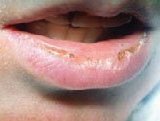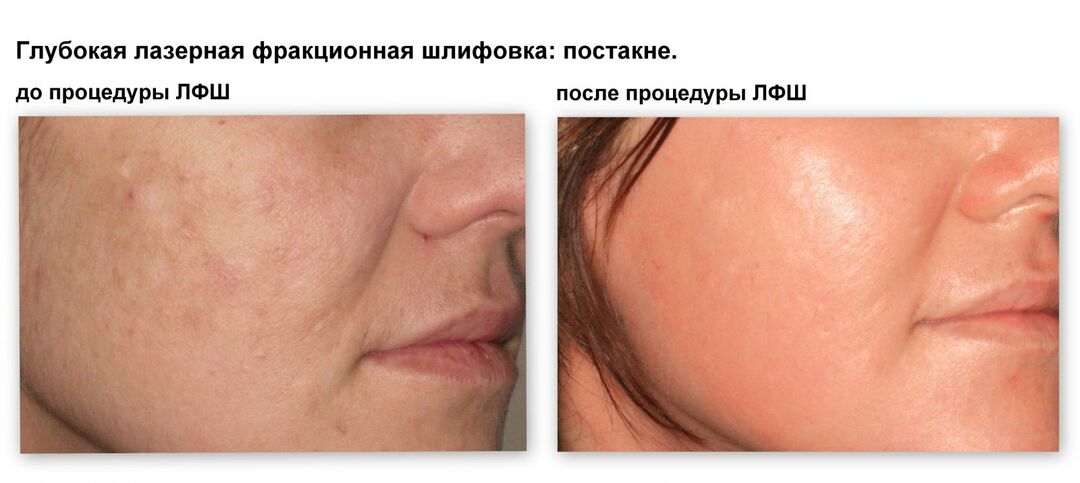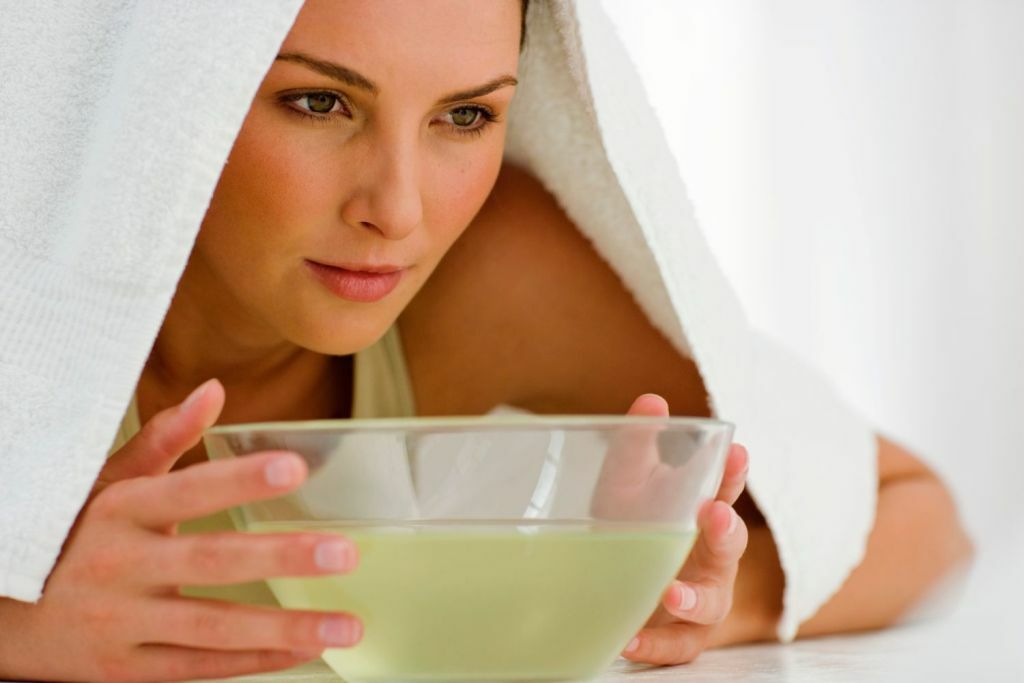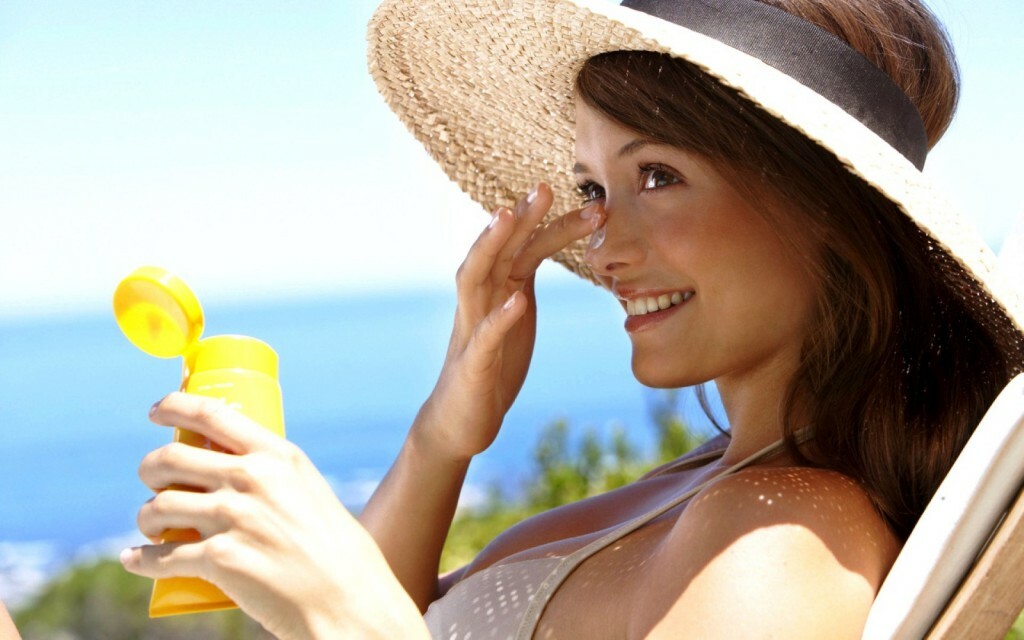Atopic cheilitis: treatment

Atopic cheilitis is one of the symptoms of atopic dermatitis or neurodermatitis, but there are times when it becomes their only manifestation. Disease often occurs in children and adolescents of both sexes in the age category from 7 to 17 years.
The first step in the treatment is the elimination of allergens
Atopic cheilitis: the treatment is based on complex therapy, which is developed together with allergists, as well as dentists. Therapy should be etiopathogenetic, namely, to influence the mechanism of inflammation of the allergy. During the appointment of a diet to patients with atopic dermatitis, it is necessary to remove foods containing a large amount of histamine or histamine-liberators from the diet, as well as various food additives. As mentioned above, it is required to exclude foods from the diet that can lead to sensitization of the body( caviar, coffee, chocolate, strawberries, citrus fruits, etc.), as well as all spicy, salty, spicy food, alcohol, and drastically reduce consumptionCarbohydrates.
In addition to allergens, the effect of nonspecific triggers, that is, the climate, various chemical irittants-soap, toothpaste, lotion, elixirs, psychoemotional stresses, infections, sleep disturbance, can also result in the aggravation of atopic cheilitis, and all this must be taken into account.
Purpose of local therapy for
The goal of local therapy for atopic cheilitis is to reduce inflammation of the allergy, fight against secondary infections of the mouth, eliminate dryness of the mucous membranes, and also red lip rims.
Effective anti-inflammatory drugs are typical corticosteroid preparations in combination with antimicrobial and fungicidal drugs, for example, Thymond, Cortinol, applied to affected areas 4-5 times a day for 7-12 days.
Kheilit - treatment: application of ointments
If lichenification and crusts were formed, it is necessary to use Prynikarb ointment, which includes prednisolone and urea. This ointment can be used with Trimethan and Cortonil or with other corticosteroid ointments. If lichenification is pronounced, Prednikarb and ointments containing 3% to 10% sulfur, as well as naphthalan, are advised.
Modern therapeutic methods for treating atopic cheilitis imply anti-inflammatory drugs, such as:
- antihistamines, which are more effective in the second generation: zirtek, loratadine, erius and others, appointed in turn and taken within a month;
- corticosteroids, used orally or parenterally, they are prescribed only in very severe disease;
Drugs used inside
There are patients who have a pronounced therapeutic effect on histaglobulin, sodium thiosulfate, sedatives. In some patients, excellent results arise from the treatment with histaglobulin, prescribed courses of approximately 6-8 injections, the drug is administered subcutaneously twice a week at doses that increase from 0.2 ml to 1 ml.
In addition to all this, it is worthwhile to say that the vitamins of group B, that is, B2, B6, B12, are also administered inside. Locally used corticosteroid ointments - 0.5% prednisolone, "Flucinar", "Lorinden" and others, which need to be applied to the surface, which is affected 4-5 times a day. With the invisible effect of conventional therapy and the prolonged course of the disease, Bucky's border rays are used. Inside apply still antihistamine preparations, such as - suprastin, klaritin, diazolinum, fenkarol. Intravenous 30% sodium thiosulfate solution is also administered, which is prescribed at 5-10 ml each day, the rate is up to 10 injections.



